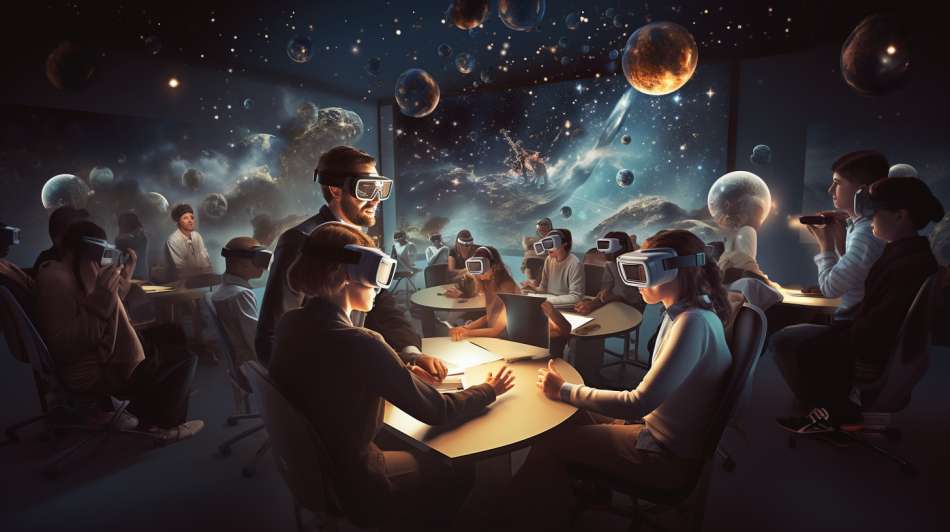Virtual Reality (VR) offers a gateway to immerse participants in dynamic, interactive scenarios and environments. Beyond its significance in gaming, this technology has proven to be a transformative tool in the realms of business, training, and education. VR enhances the effectiveness and engagement of information and knowledge transfer. While VR is a relatively new frontier, educators worldwide are navigating their way through its vast potential in education and training.
Forward-thinking teachers play a pivotal role in shaping the future of this technology. They are actively exploring the optimal classroom applications for VR. In response to this demand, we have crafted the following guide to empower educators with the essential steps to leverage this remarkable technology in the classroom.
Key Considerations before You Begin:
- No Need for a Headset: It’s important to note that you don’t need a headset to enter the world of Virtual Reality and explore its creative potential. VR experiences can be accessed and experienced on smartphones and computers. Therefore, educators should not delay in embracing this technology. Our guide caters to individuals at every level of accessibility.
- Simplified Design and Creation: With advancements in VR technology, user-friendly tools like VR Studio have emerged. These tools are intentionally designed for individuals without prior coding or design experience. Creating captivating VR experiences has never been easier. In fact, our 2-hour, free course equips users with the skills to develop basic VR content.
- Unlocking the Benefits: VR and Augmented Reality (AR) are poised to become the next significant wave in information transfer and communication. Users can immerse themselves in content and interact with it, leading to increased engagement, focus, and retention of information. VR excels in elucidating complex concepts and enabling virtual journeys to places otherwise inaccessible. In the context of education, VR brings practical learning online, making it accessible from anywhere and safer for activities that might be risky in physical environments, such as school labs. By integrating VR into the classroom, you can expect students to be thoroughly excited and engaged, fostering a newfound passion for the learning process.
- No Cost Involved: VR Studio, a VR creation software is entirely free, ensuring that teachers can get started without any financial barriers or ongoing expenses.
Steps to getting started with VR in the classroom
1-Look at Inspiration and Examples
As you embark on your journey into the world of Virtual Reality (VR) in education, the first step is to seek inspiration and examples from the pioneers in this field. While VR technology is relatively new to everyone, forward-thinking educators are continuously on the lookout for innovative ways to integrate it into their teaching. However, it can sometimes be challenging to envision the ideal use cases for VR in education.
To address this challenge, it’s crucial to begin by exploring the myriad examples of how teachers are effectively employing VR in the classroom. These real-world case studies and success stories can provide valuable insights and serve as a wellspring of creative ideas for your own teaching practices.
Additionally, consider becoming part of a community of like-minded, forward-thinking educators. Engaging with such a community can supercharge your inspiration and move you one step closer to discovering the right way to leverage VR technology in your educational journey.

2-Define Your VR Goals
In the ever-expanding world of education, VR opens the door to limitless opportunities. Forward-thinking educators continually discover innovative ways to leverage VR in the classroom. To help you pinpoint the right application for your specific situation, let’s explore some key options:
Presentation Power: Use VR as an interactive, immersive tool to present intricate concepts, processes, and mechanisms. Dive into molecules, explore the human body, or dissect how a car engine works, all with greater clarity than traditional PowerPoint presentations.
Reinforce Concepts Learnt in Class: Transform learning into a captivating adventure by gamifying the process. For instance, gamify a biology class on cells with immersive quizzes or create escape rooms where students must answer class-related questions to win.
Teach VR Creation: Equip students with essential VR creation skills, a vital competency in today’s rapidly changing work landscape. By teaching VR skills, you empower students to unleash their creativity, hone problem-solving abilities, and sharpen logical thinking and communication skills. This keeps them engaged and excited, resulting in creations they’ll take pride in, impressing family and friends.
Virtual Labs: Capitalize on VR’s ability to digitize practical training scenarios. School labs, such as those for chemistry, physics, and biology, benefit from reduced material costs, the ability to conduct experiments not feasible in traditional settings, and the flexibility of online accessibility.
Virtual Field Trips: Transport students to magical destinations beyond real-world possibilities. With VR, the sky’s not even the limit—you can go anywhere, anytime, and even traverse time itself. Explore the solar system, journey to the moon, land on Mars, or venture back to the Stone Age.
This step is about charting your VR course, helping you take a significant stride towards becoming an exceptional educator.

3-Explore VR Creation Tools
Discovering the right VR creation tools is essential, and we’re here to help you navigate the options. While Unity and Unreal Engine are powerful tools, they can be complex, require coding expertise, and primarily cater to the gaming industry. If you’re focused on business, training, and education, consider VR Studio by SimLab.
VR Studio Highlights:
- No Coding Required: VR Studio is a no-code, user-friendly VR creation tool designed for educational and business contexts. You don’t need coding skills to craft immersive VR experiences.
- Intuitive Design: With pre-made environments, 3D models, and integration with the free 3D model source SketchFab, VR Studio simplifies the design process.
- Diverse 3D File Support: VR Studio supports over 25 3D file types, including animated ones, making it easy to import your content directly into your scenes.
Additional Resources:
- Free VR Studio: You can access VR Studio for free through this link: VR Studio.
- Free 3D Models: Utilize websites like Sketchfab, Turbosquid, cgtrader, and Polyhaven to import 3D objects without any cost.
- Sound Integration: Enhance your VR experiences with free sounds from resources like FreeSound.org.

4-Learn to Create Basic VR Experiences
With VR Studio, you can swiftly embark on the journey of crafting VR experiences, even as an educator. You can have your first educational VR experience ready within days.
Getting Started
Begin by acquainting yourself with the software and grasping the fundamentals through our free Udemy course. In under two hours, this course equips you with the essential skills to create captivating experiences for your students.
You can access the course here: free VR Creation Course.
For in-depth knowledge, explore SimLab Academy, where numerous videos delve into every aspect of the VR Studio software. Download the free VR Studio to access the academy.
Learning a new, cutting-edge skill is not only exciting but also sets forward-thinking educators apart, enabling them to excel in today’s rapidly evolving educational landscape. By learning to create basic VR experiences, you’ll be well-prepared to engage your students in innovative and immersive learning.
5-Create Your First VR Experience
Now that you’ve chosen your topic and become familiar with the software, it’s time to craft your inaugural VR experience. Keep in mind that simplicity often yields better results and ensures consistency in your VR classes.
Don’t be discouraged by challenges that may arise during this creative process. For assistance, answers, and inspiration, our vibrant community is here for you. We’ve established a Discord group with hundreds of VR creators, including members of the SimLab team, who are eager to assist you.
Connect with our community here: join our Discord Community.
While creating, maintain a sharp focus on the intended learning outcomes. And always remember that your first VR experiences need not be perfect. As Reid Hoffman, the founder of LinkedIn, wisely noted, “If you are not embarrassed by the first version of your product, you’ve launched too late.”
By creating your initial VR experience, you’re taking a significant step toward innovative and effective education.
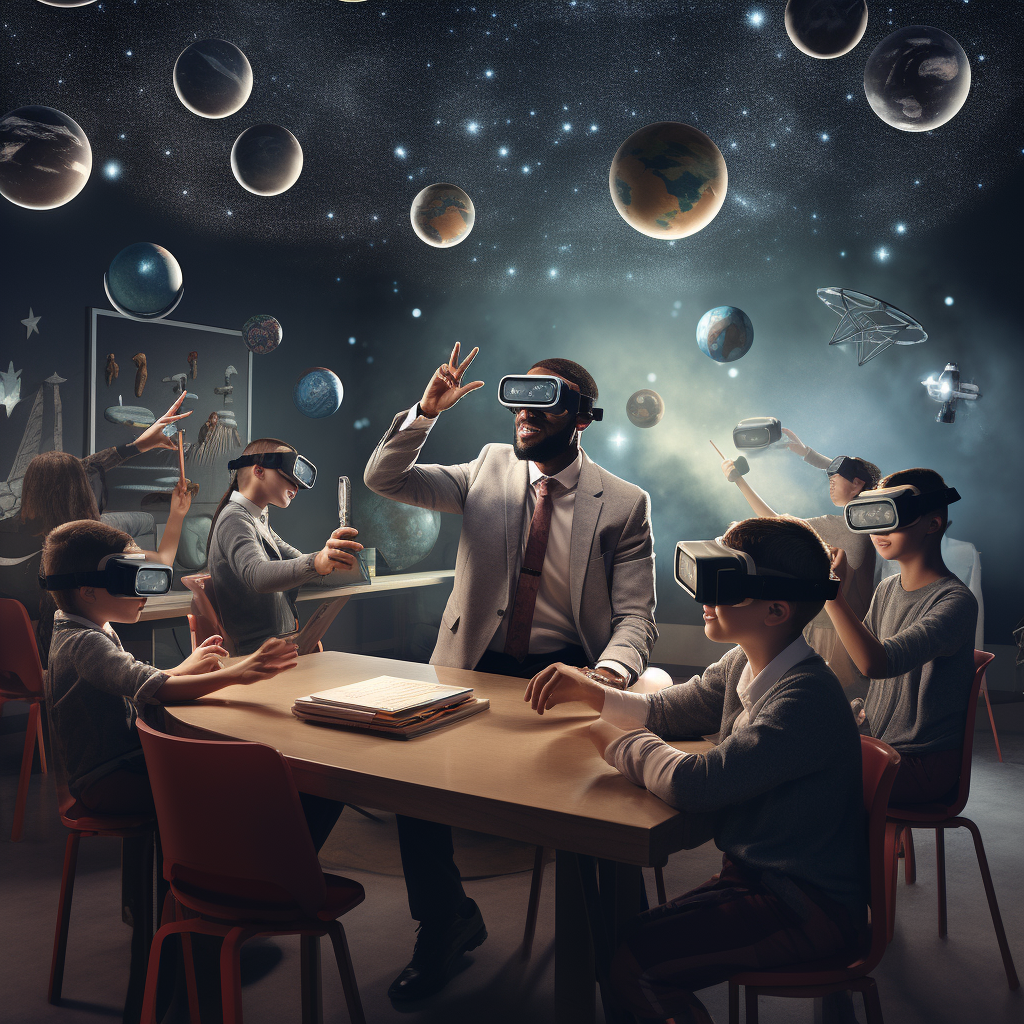
6-Deploy Your First VR Experience in the Classroom and Gather Feedback
With your first VR experience ready, it’s time to put it into action and evaluate its effectiveness in information delivery and engagement within the classroom. Follow these steps to share your VR experience with your students:
- Using VR Headsets: If you have VR headsets available, upload your VR experience to your cloud account from VR Studio, download the Viewer App, log in with your account, and have students try the experience.
- Utilizing Mobile Devices: If your students have tablets or smartphones, instruct them to download VR viewer apps on their devices and create accounts with their emails. Create a group on your VR viewer account, add all the students’ emails, and easily share the experience with the entire group. Students will find the experiences under “Shared Models” on their accounts. This approach also works for PCs and Macs.
- Projector or TV Display: Alternatively, you can use your computer to project the VR experience on a screen, much like you would with a PowerPoint presentation.
During this phase, closely observe student interactions with the VR content. Assess their knowledge retention and engagement levels to gauge the impact of VR in the classroom. You’ll likely notice improvements. Use this valuable feedback to enhance your VR experiences.
Remember to share your findings and feedback with the broader educational community, allowing fellow educators to benefit from your insights and be inspired by your innovative work.
Taking the Next Steps
If you found the process too demanding or time-consuming, and you still want to bring the power of VR into your classroom, we’re here to assist you. Our experienced in-house design team can collaborate with you to create remarkable VR experiences with rapid delivery. Feel free to reach out to us for support.
The Next Educational Milestones:
- Create More Experiences: Expand your repertoire of VR experiences to keep engaging and enlightening your students.
- Educate Fellow Educators: Take the initiative to teach your fellow teachers how to harness this technology within your school.
- Empower Your Students: Consider launching a class to teach your students how to create VR experiences. We’ve crafted a step-by-step curriculum covering 14 sessions. It can be integrated into your IT classes or offered as an engaging after-school activity.
Educators play a pivotal role in shaping our communities and the world into a better version. By embracing new technologies and innovative methods of delivering educational content, you’re contributing to a brighter tomorrow. Don’t hesitate to take that first step into a world of endless opportunities. We eagerly await the remarkable contributions you’ll make.
-
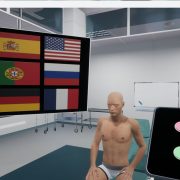
1 Build a Medical VR Training Experience in Under 30 Minutes—No Coding Required
-

2 How to Create Interactive VR Assembly & Disassembly Experiences with SimLab Composer
-

3 One Experience, Seamlessly Running on VR, MR, AR, and XR
-
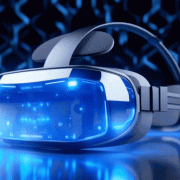
4 Is My VR Experience Secure on the Cloud?
-

5 Bought VR Headsets for Your School… and Now They’re Collecting Dust?
-

6 How to Choose the Best VR Solutions for Universities: A Comprehensive Guide
-
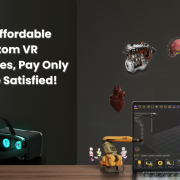
7 Fast, Affordable Custom VR Experiences – Pay Only if You’re Satisfied!
-
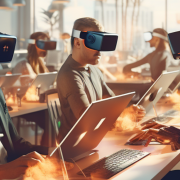
8 Looking for VR Creators for Our SimLab VR Store
-

9 Why SimLab Soft is Creating VR Training for Medicine and Nursing Students
-
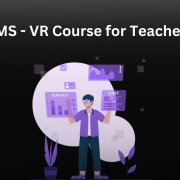
10 Seamlessly integrate VR Quizzes and Surveys into your LMS

